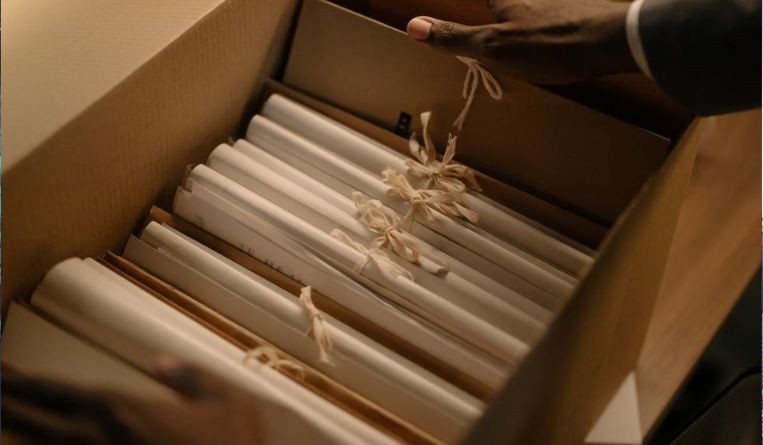Trademark professionals reminded: Be careful when filing evidence of use, or first use
18 April 2023


Trademark practitioners filing evidence must be very careful about what they use to establish use or the declaration of first use.
“Such evidence must be filed without any alteration or effacement, lest it is revealed during subsequent litigation and turns out to be fabricated!” said Dr. Mohaan R Dewan, principal of R.K. Dewan & Co.in Mumbai.
Dewan gave the advice in connection with Alphavector India Pvt Ltd v Sach Industries & Ors. The recent trademark case involved companies that similarly manufacture bicycles and the numbers 91 and 99 used as marks for the products.
Alphavector, owner of trademarks featuring the number “91,” filed a suit against Sach before the Delhi High Court for infringement and passing off. The latter was found to be using the marks “NINETY-NINE” and “99” on its Facebook page in 2021.
Sach argued that the disputed marks were used only in tandem with the words “only” and “sachin” and that they were prior users.
“Some of the documents submitted by the defendant in the process of registration and otherwise appeared to have been fabricated,” noted Dewan, citing the evidence for prior use submitted by Sach.
He said this was one of two issues which may have convinced the judge. The other was the fact that during previous correspondence, the defendant agreed to discontinue using the trademark “99.”
“These two facts led the Honorable Judge to opine that the defendant’s use of the mark ‘99’ was done with the intention to deceive and still further when the Court came to the conclusion that there is intent to deceive, the Court must not ‘bend backwards’ to presume that the intent is not successful. At the same time, when there is intent to deceive, the Court must not search for dissimilarities. These factors led the Court to come to the conclusion that the defendants were prima facie culpable of having ‘infringed’ the plaintiff’s ‘91’ mark and were also seeking to pass off their bicycles as and for the bicycles of the plaintiff, and were using the mark ‘99’ in a manner that a customer of average intelligence and imperfect recollection would believe that the defendant’s bicycles actually belonged to the plaintiff,” Dewan explained.
To show the bicycles appeared the same, Alphavector provided images of the bicycles placed in identical configuration. “No specific mention was made about the identicalness of the bicycles,” Dewan noted, “but visual similarity of the configuration of the two bicycles placed side by side did accentuate the similarity of the two.”
- Espie Angelica A. de Leon






